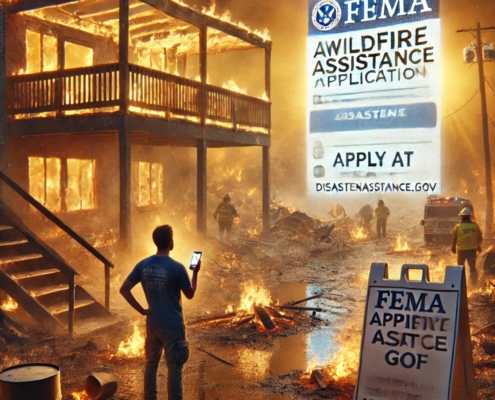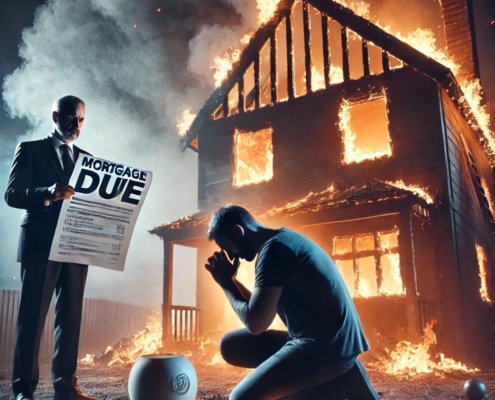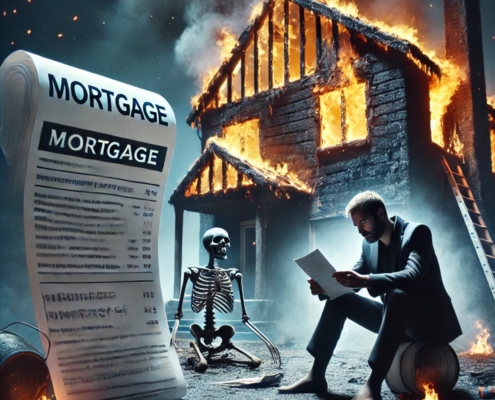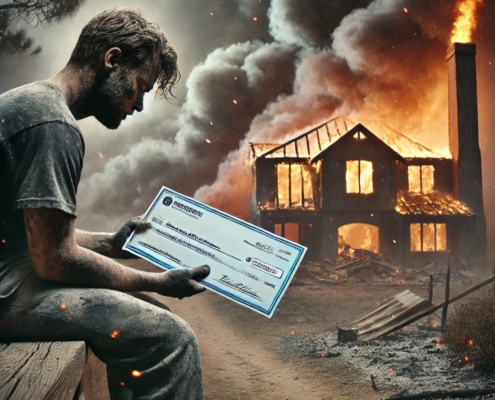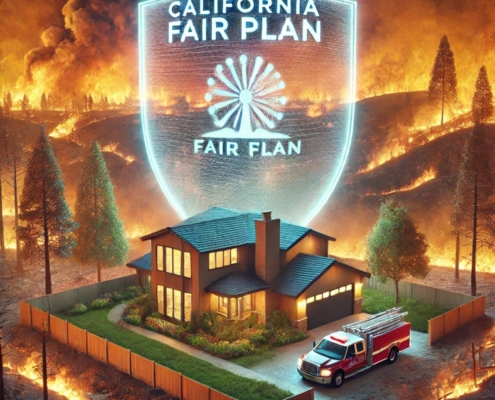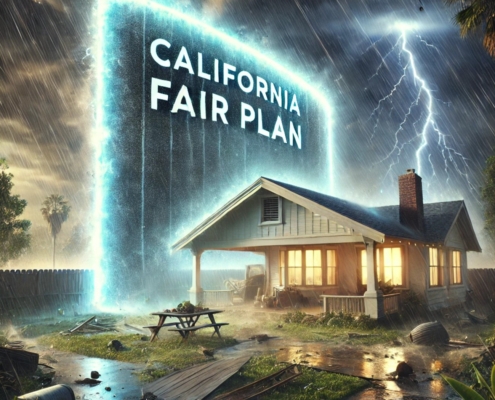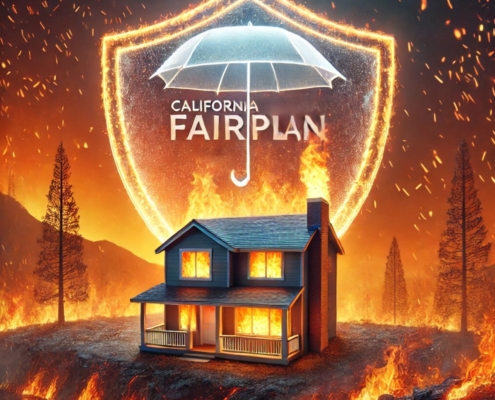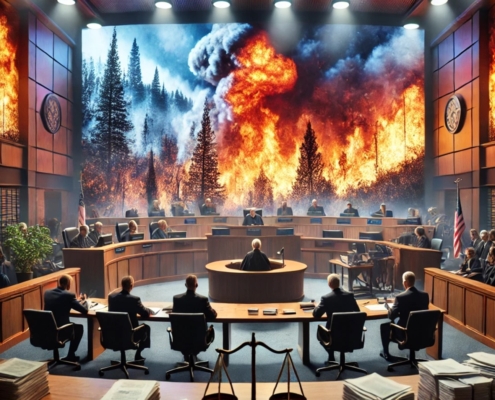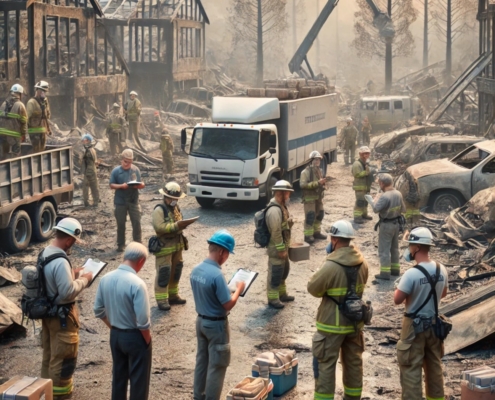Will California’s FAIR Plan Have Enough Cash to Pay Wildfire Claims?
As of January 10, 2025, the FAIR Plan had approximately $377 million available to pay claims, supplemented by $5.75 billion in reinsurance coverage. However, the reinsurance can only be accessed after the FAIR Plan has paid out $900 million in claims. The California FAIR Plan, as the state’s insurer of last resort, is currently facing significant financial challenges in the aftermath of the January 2025 wildfires. The recent wildfires have resulted in substantial potential exposures, with estimates of over $4 billion for the Pacific Palisades Fire and more than $775 million for the Eaton Fire. Given these figures, there is concern that the FAIR Plan’s available funds may be insufficient to cover all claims. In such a scenario, the FAIR Plan has the authority to levy assessments on member insurers to fund the shortfall. These insurers may, in turn, pass these costs onto policyholders across the state, potentially leading to increased insurance premiums for California homeowners.
Financial Overview of the FAIR Plan
As of January 2025, the California FAIR Plan, designed as an insurer of last resort for high-risk areas, has the following financial resources:
Despite these measures, the plan faces challenges. The total insured exposure has grown significantly, with the FAIR Plan covering properties valued at approximately $460 billion—an increase of 61% compared to 2023.
Impact of Recent Wildfires
The destructive fires have placed immense pressure on the FAIR Plan:
- Palisades Fire: Burned over 23,700 acres and destroyed hundreds of homes. Estimated FAIR Plan exposure is over $4 billion, as approximately 22% of the affected structures are covered by the plan.
- Altadena (Eaton) Fire: Affected residential areas in the foothills of Pasadena and Altadena, with an estimated FAIR Plan exposure of $775 million, covering about 12% of the impacted structures.
- Malibu and Topanga Fires: Combined, these fires resulted in the destruction of high-value properties in coastal communities. The estimated exposure for these incidents is $3.2 billion.
- Hurst Fire: Ravaged areas in eastern Los Angeles County, adding an additional estimated $1.1 billion in insured claims (source).
Potential Financial Shortfall
Given the scope of destruction, the FAIR Plan faces potential claims significantly exceeding its cash reserves of $377 million and its $5.75 billion in reinsurance coverage. While reinsurance provides a buffer, the plan’s reliance on assessments from other insurers could lead to:
- Increased premiums for all California homeowners.
- Higher overall costs to sustain the FAIR Plan in the face of recurring disasters.
The FAIR Plan’s structure requires it to seek additional funding from participating insurance companies when its resources fall short. This funding mechanism ensures payouts to affected homeowners but could create financial strain on other insurers, potentially impacting the broader insurance market. Moreover, future adjustments to FAIR Plan policies, including premium increases or stricter underwriting criteria, may be necessary to maintain solvency.
Options for Additional Assistance
For homeowners affected by the January 2025 wildfires, several resources are available to supplement insurance payouts:
- California Wildfire Relief Fund: This state-sponsored initiative provides grants and financial aid for immediate needs, reconstruction, and community recovery efforts. It focuses on assisting those in areas disproportionately impacted by disasters and offers streamlined application processes for eligible homeowners.
- Legal Assistance and Lawsuits: Hiring our fire insurance attorney can be a crucial step for homeowners seeking compensation beyond insurance payouts. Our wildfire attorney can help file lawsuits against potentially liable parties, which may include utility companies, contractors, or even government entities. For example, investigations into the January 2025 wildfires suggest that malfunctioning electrical equipment operated by utility companies may have sparked the Palisades Fire, while insufficient vegetation management contributed to the rapid spread of the Topanga and Malibu fires. Homeowners pursuing legal action could secure compensation for damages not covered by insurance, such as emotional distress or lost income.
- Federal Assistance:
- FEMA (Federal Emergency Management Agency): Offers financial support for temporary housing, home repairs, and uninsured losses. Homeowners can apply via DisasterAssistance.gov or call 1-800-621-3362.
- Small Business Administration (SBA): Provides low-interest disaster loans to homeowners and renters for repairing or replacing damaged property and personal belongings.
- Local Relief Programs:
- Los Angeles County Worker Relief Fund: Grants up to $2,000 for displaced workers and individuals impacted by the wildfires.
- Community-Based Initiatives: Nonprofit organizations, including the American Red Cross and California Fire Foundation, offer financial assistance, temporary shelter, and support services.
- Insurance Advocacy:
- Homeowners should review their policies for additional living expenses (ALE) coverage to support temporary housing and daily needs during reconstruction.
- Contacting a public insurance adjuster may help maximize claim payouts. Adjusters can help identify coverage gaps and ensure fair assessments of damage.
- Tax Relief: California provides tax relief options for disaster-affected individuals, including filing extensions and deductions for uninsured losses. Eligible homeowners should consult with tax professionals to explore potential benefits.
By consulting with legal professionals experienced in wildfire litigation, homeowners can better understand their rights and potential claims against responsible entities.
Conclusion
While the California FAIR Plan has mechanisms to pay claims, the scale of the January 2025 wildfires could strain its resources, potentially leading to increased costs for policyholders. The combination of cash reserves, reinsurance, and funding from participating insurers ensures that immediate claims will be addressed. However, the financial strain may lead to broader market impacts, including premium hikes and adjustments to coverage limits.
Affected homeowners should act quickly to access available assistance programs and explore all financial relief options to recover from this devastating disaster. Proactive steps, such as engaging with public adjusters, seeking tax relief, and applying for state and federal aid, can help mitigate financial challenges.
For more detailed information, refer to the sources cited throughout the document or visit California FAIR Plan Resources.














